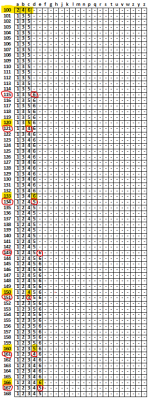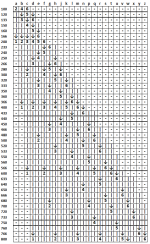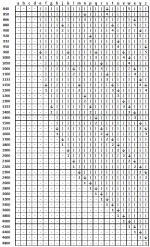Here is another chart I made, This one shows the optimal size hull for each drive by potential.
The table is fairly simple to use,
Select the hull size you want, any numbers shown indicate this is the optimum size drive to produce that drive potential.
If there is a dash, or arrow then you need to use a large or smaller hull.
For example, if you want a jump 2 ship bigger than a 200 ton far trader then next biggest hull that doesn't waste any of the drive's potential is the 300 ton hull.
If you want a J-3 ship the next biggest is a 266 ton hull.
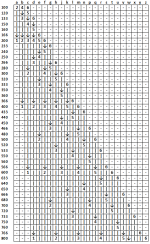
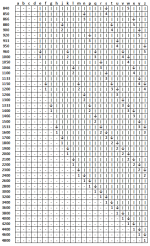
The table is fairly simple to use,
Select the hull size you want, any numbers shown indicate this is the optimum size drive to produce that drive potential.
If there is a dash, or arrow then you need to use a large or smaller hull.
For example, if you want a jump 2 ship bigger than a 200 ton far trader then next biggest hull that doesn't waste any of the drive's potential is the 300 ton hull.
If you want a J-3 ship the next biggest is a 266 ton hull.



